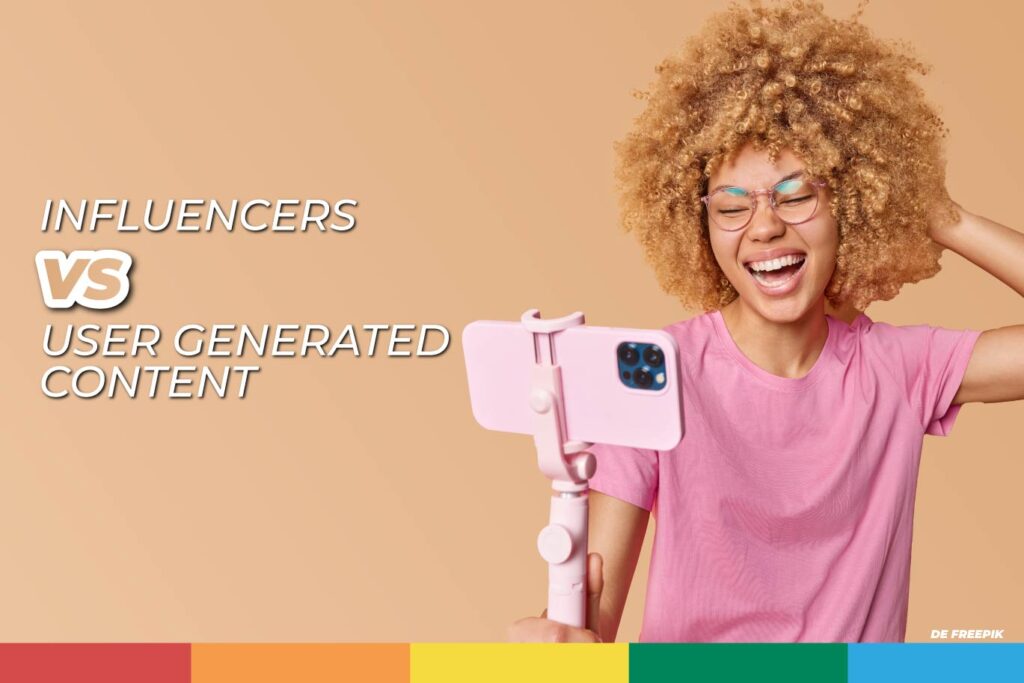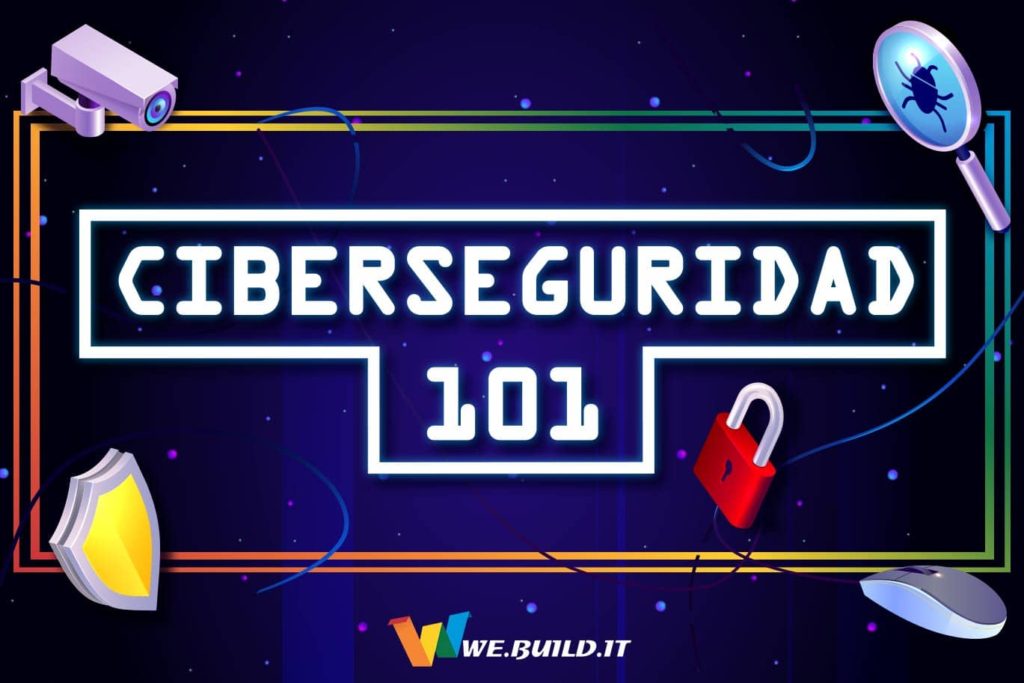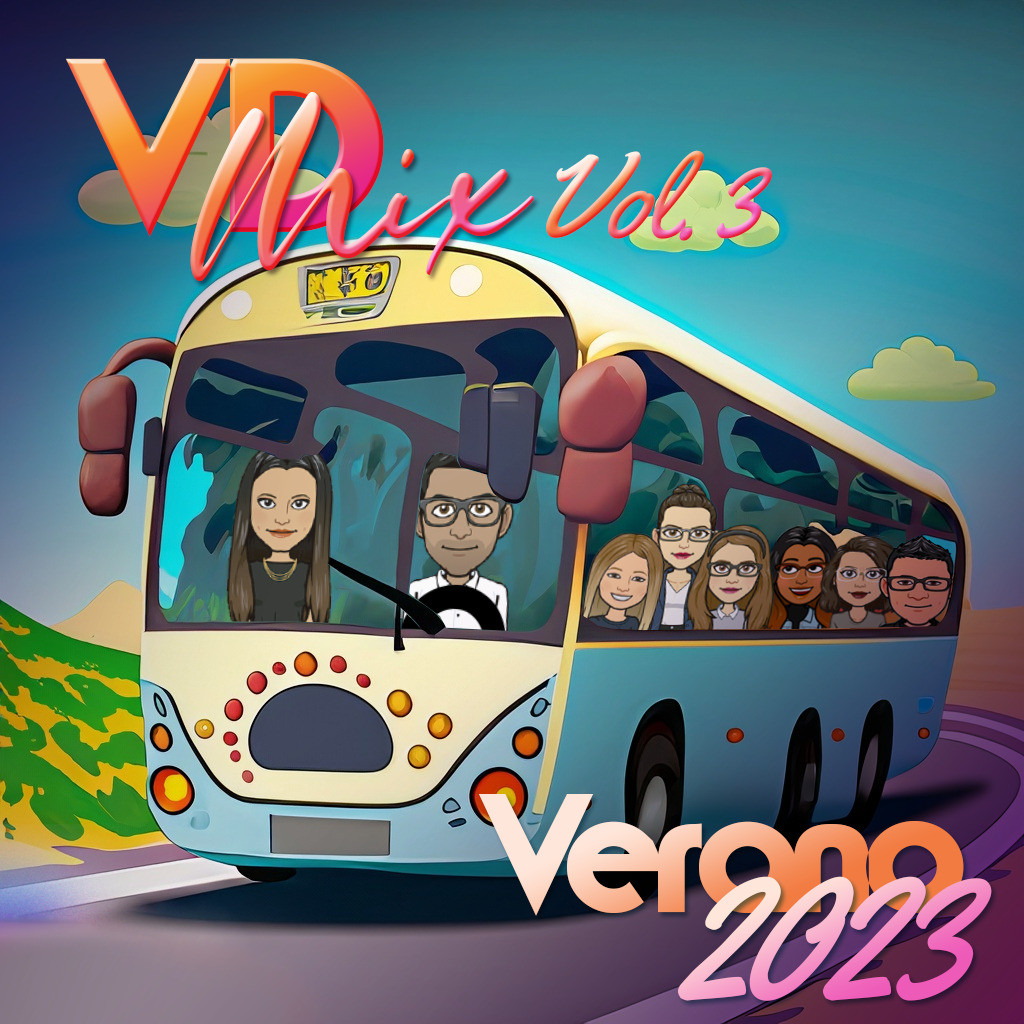With or without money, content still reigns supreme. Brands and companies are constantly seeking ways to connect with their audiences, and two strategies have stood out: influencer-created content and user-generated content (UGC). Both methods have their origins, advantages, and disadvantages, making them suitable for different types of campaigns and objectives.
Let’s start with the classic: Influencers.
Origins of Influencer Content
The concept of influencers began to gain traction in the early 2010s with the rise of social media platforms like Instagram, YouTube, and more recently, TikTok. These influencers are individuals with a considerable following base who trust their recommendations and viewpoints. Initially, influencers were mainly celebrities and bloggers, but over time, ordinary people with specific niches also began to gain influence.
Benefits of Influencer Content
Reach and Visibility: Influencers have the ability to reach a large audience quickly. Their content can generate a significant amount of interactions and visibility in a short period.
Credibility and Trust: Followers often trust the recommendations of influencers, which can translate into greater credibility for the brand.
Creativity and Quality: Influencers are often creative and have skills to create visually appealing and high-quality content.
Disadvantages of Influencer Content
High Cost: Collaborating with popular influencers can be very expensive, especially for small or emerging brands.
Variable Authenticity: Sometimes, sponsored content can be perceived as inauthentic, especially if the influencer lacks a genuine connection with the brand.
Risk of Bad Publicity: If an influencer becomes involved in controversies, it can negatively affect the image of the associated brand.
Origins of User-Generated Content
Believe it or not, UGC has deeper roots, dating back to the early forums and online communities of the 1990s. With the evolution of social media platforms, UGC has grown exponentially. This type of content refers to any form of content (images, videos, reviews, etc.) created and shared by users themselves about a brand or product.
Benefits of User-Generated Content
Authenticity: UGC is generally perceived as more authentic and trustworthy because it comes from real customers sharing their genuine experiences.
Cost-Effective: Encouraging and utilizing UGC is generally cheaper than hiring an influencer.
Engagement: UGC can generate a high level of interaction and loyalty among the user community, strengthening the relationship between the brand and its customers.
Disadvantages of User-Generated Content
Limited Control: Brands have less control over UGC, which can result in content that does not always align with the brand’s image or messages.
Variable Quality: The quality of UGC can be inconsistent, ranging from excellent content to poor content.
Moderation and Management: Managing and moderating UGC can be challenging, especially when dealing with large volumes of content.
For brands, the key is to find a balance and leverage both types of content according to their goals and available resources. Ultimately, a well-integrated strategy that combines influencers and UGC can maximize impact and connection with the target audience.
We love to share with you what we know about content and social media, so check out our website for more insights!








